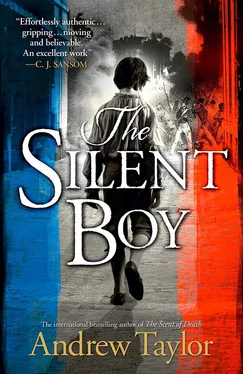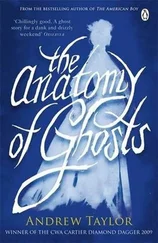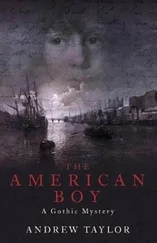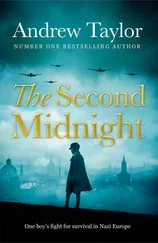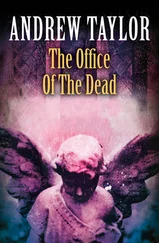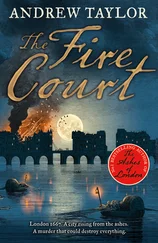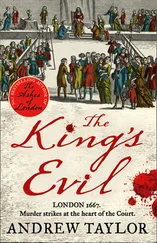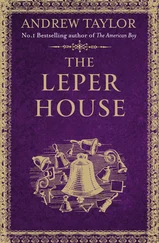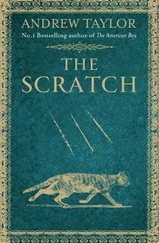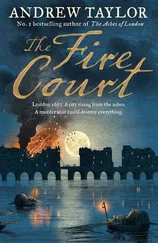‘You can do as you like, as long as you make him speak.’
In the last week of September, the doctor’s luggage arrives – two trunks and three wooden boxes.
One of the boxes contains the figure of Louis, wrapped in a cotton shroud and floating in a cloud of wood shavings. Dr Gohlis himself unpacks him. Charles watches the disinterment from the second-floor landing, where his room is. He peers through the balustrade, down the well through the middle of the house to the floor of the hall where the doctor is at work.
He is like a gravedigger, Charles thinks, bringing out the dead.
The contents of the boxes, including Louis, are transferred to the room in the stables. Gohlis calls the room his laboratory.
Next morning Charles rises very early. Only the servants are downstairs. He goes out to the stableyard. The doctor’s room is at one end of the loft over the looseboxes, where there is now only a solitary horse.
The door is locked. Charles cannot find the key.
Beside the stable is the coach house. It is possible, Charles finds, to scramble on to a water butt in the yard and climb into the lead-lined gully at the foot of the sloping roof of the coach house. If he walks along the gully, and climbs up the slope of the tiled roof, he can look through the dusty window of the laboratory.
Charles feels a surge of relief when he sees Louis standing at the end of the table on the other side of the window. He is looking across the table and keeping his own counsel.
If, as is possible, there is still someone there, a living boy locked in the prison made from the mould of his own mutilated body, then he must be able to see the window from the corner of his eye.
Charles thinks of the saints in Notre-Dame on the Île de la Cité. You may pray to the statue of a saint and the saint hears your prayer and will answer you, if he or she pleases. What is prayer but conversation in church? Why should Louis be any different from an image of the Virgin?
Charles taps the glass. Louis, he thinks as hard as he can, it’s me.
At first he thinks it in French. Then, to be on the safe side, he thinks it in English.
Next day, Thursday, the Charnwood laundry comes back. The washerwoman has a dark, wrinkled face. Her name is Mrs White, and she lives in the cottage at the end of the drive and opens the gate to visitors. (These are all facts, and may be relied upon.)
Mrs White is fat, deaf and very small. She is like a hedgehog in a dirty brown dress. She comes up the back drive in a cart drawn by a donkey with the scars of old sores and old beatings on its flanks.
The clean linen is in three wicker baskets, on one of which she sits. Charles wonders how many shirts and sheets and pairs of stockings have been squeezed into them.
The gardener’s boy leads the donkey. He holds the bridle in one hand and a stick in the other. The stick is for beating the donkey. The boy is a year or two older than Charles and has red hair. According to one of the maids, he is Mrs White’s grandson.
Charnwood is surrounded by a small park. Charles shelters in a clump of trees and watches them coming up the drive. He likes to know who comes and goes. In this strange place among strange and half-strange people, he does not know very much yet. But gradually he accumulates information. It is not much but it is something. Facts are solid things. You may trust them, unlike people.
The old woman in the cart stares straight ahead. She does not move at all. Perhaps she is asleep. The boy trudges up the drive, occasionally glancing at the donkey and prodding or hitting it with his stick.
The cart passes within twenty or thirty yards of the trees where Charles is standing. He is not exactly hiding, but he does not wish to be seen so he stands well back, partly concealed by the trunk of a cedar tree.
At the nearest point between them, the red-headed boy looks at the trees, looks directly at Charles.
The donkey plods on. The cart rattles. The boy glances at the donkey and hits it very hard with the stick.
That’s all it takes. Charles knows from that moment that the gardener’s boy hates him. If you can have love at first sight, then why not hate? You do not need a reason to love and you do not need a reason to hate.
Later he encounters the gardener’s boy again. It is in the stableyard. Charles has gone there because Dr Gohlis is paying an afternoon call on Mrs West, so he will not be in the laboratory. Charles plans to search for the key to the door. Even if he doesn’t find it, he will be able to peer through the window at Louis and greet him.
To his horror, though, he finds the red-headed boy is in the yard. He is shortening the donkey’s reins.
There is no time to retreat. The boy abandons the donkey. He comes up to Charles, herding him like a dog with a sheep into the corner where the mounting block stands by the door to the house.
He prods Charles with his forefinger. ‘Cat got your tongue, then?’
He is a head taller and his accent is as dense as mud. Charles stares at the ground. There’s a hole in the sole and the upper of the boy’s right shoe. His big toe pokes through.
‘You’re an idiot.’
The boy comes closer and blows a raspberry. His spittle sprays over Charles’s face.
‘Little baby. Look at you – dribbling all over your baby face.’ The boy smiles. ‘You can’t even speak. So I can do whatever I like to you. Can’t tell no one, can you?’
He sucks in air, ready for another raspberry. But suddenly the door bangs against the wall and the Count himself is there. He grabs the boy by the scruff of his neck and flings him down on the cobbles.
The Count is dressed for riding. He is carrying a crop. He beats the boy to the ground. The whip slashes this way and that. Charles watches.
The boy squirms like a worm. He cries for mercy. He cries for his mother.
Charles puts his hands over his ears in an attempt to block out the screams. There is blood on the boy’s shirt, so bright that for a moment Charles has to close his eyes.
At first, Charles cannot make out much of what the English say. Their words collide and mingle with one another in a babble of sound, like water running over pebbles.
He thought he would be able to understand everything because Maman taught English to him at home, as far back as he can remember. But perhaps Maman spoke a different sort of English.
Gradually, however, as the long days pass, Charles learns to understand more and more of what he hears. Sometimes he even dreams in English.
He wishes there were only one language in the world. He speaks – or rather used to speak, French, Maman’s special sort of English and – left over from when he was very small – some Italian and even a little German. Oh, and there is yet another language – the Latin the priests use, the language of church and lessons.
Often he does not know where one language ends and another begins. In his head they bleed into one another like watercolour paints when you splash water on them.
Why are there so many words? And why can he say none of them?
Early in the afternoon on the first day of October, the sun comes out for a short while and Charles goes to the Garden of Neptune. This is higher up the valley than the house, where the pleasure grounds give way to meadow and woodland.
It is a garden within the garden, enclosed by walls and tall hedges. In the middle is a pond with a stone statue, discoloured by age and lichen. The god has lost his trident. He looks stunted because he has disproportionally short legs and arms, like a dwarf that Charles and Maman used to see begging on the Rue Saint-Honoré, near the Palais Royale.
The other night, Charles had a nightmare about Neptune. The sea god found his trident in the water. He waded across to the wall surrounding the pool and began stabbing Charles with his weapon. In the dream, Neptune’s body was dripping and hung with weeds. His legs had scales like a fish. But as the god stabbed and stabbed, the blood poured from Charles’s body in great gouts. Soon it was raining bright blood and Neptune himself turned red.
Читать дальше
